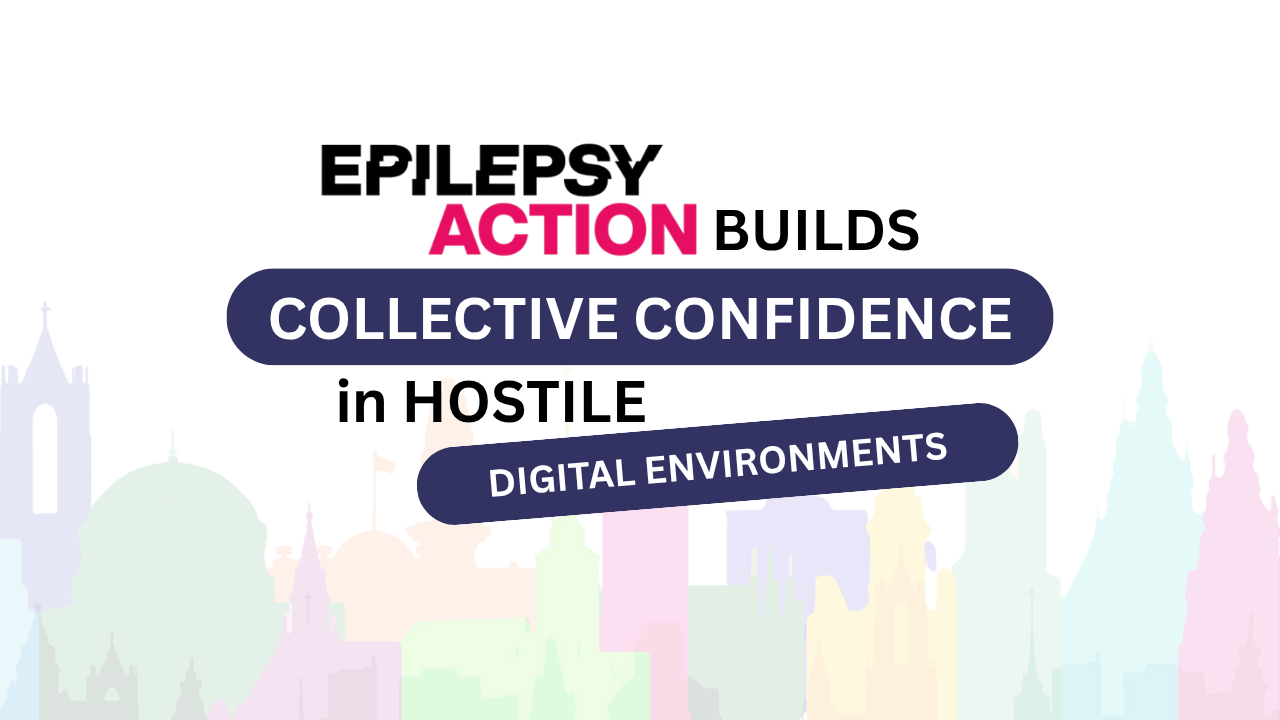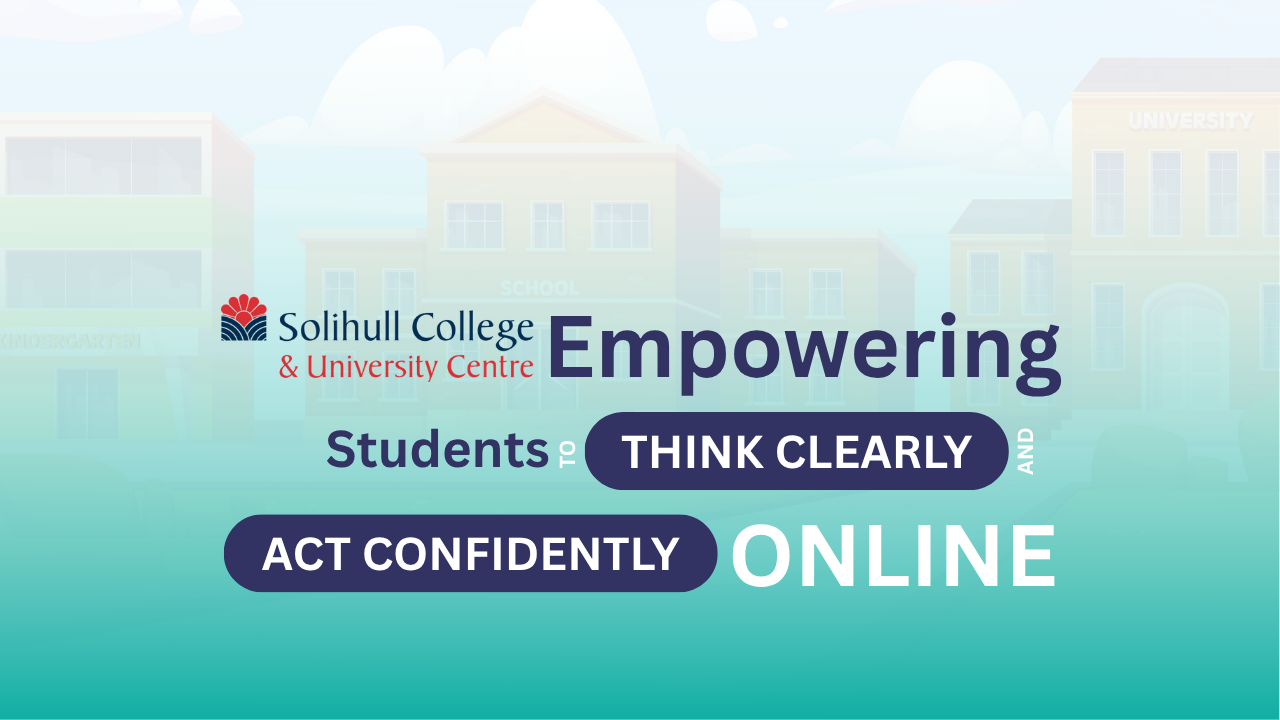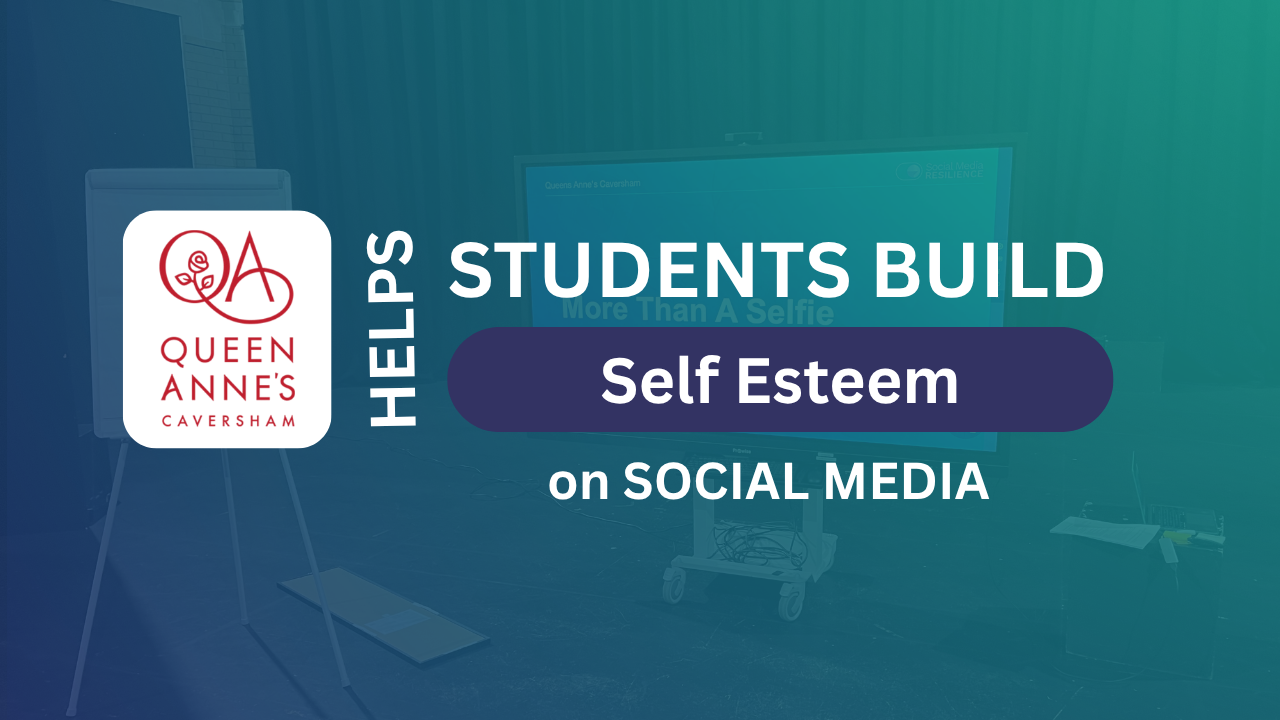Epilepsy Action Built Digital Resilience to Support Their Comms Teams
Location:
Leeds, West Yorkshire
Audience:
HR leaders, wellbeing managers, and communications team
Focus:
Building digital resilience and supporting employee wellbeing for teams managing social media communications and online hostility
The Challenge
In March 2025, Steph Smith-Crawshaw, Director of People & Culture at Epilepsy Action, reached out to Social Media Resilience with a clear and pressing need. She had been looking for something like this for some time—a way to support the PR and Marketing teams, who regularly manage the organisation’s voice across a range of social platforms.
In today’s climate, where disagreement online can quickly spiral into hostility, standing up for your values—even calmly and respectfully—can provoke backlash. More often than not, it’s simply a difference of opinion that becomes amplified by the design of the platforms themselves. Algorithms reward outrage. Social dynamics escalate fast. And suddenly, what began as dialogue can turn into something much more aggressive.
Steph shared her concern for the team tasked with navigating this space on behalf of the organisation. Managing challenging and often hostile interactions had become part of their daily responsibilities. And like anyone under sustained digital pressure, the team was feeling the toll.
Across society, visibility is the price of relevance. To reach people, you have to be online. But at what cost?
Digital visibility brings influence, reach, and credibility—and for a charitable organisation like Epilepsy Action, it also brings education, lived experience, empathy, and compassion. But by its very nature, social media also exposes people to fatigue, scrutiny, and vulnerability. In most workplaces, the emotional labour this creates often goes unspoken, rarely supported by structured tools, shared strategies, or even a common language to process it. Epilepsy Action recognised this did something about it.
Another key challenge the team was facing: when digital conflict arises, what’s the protocol? What’s the shared approach?
When do we respond? When do we escalate? When do we step away?
These were the questions being asked, without clear answers.
This training supported staff and answered those questions. To support the team not just in coping with the pressure, but in developing the mindset, language, and strategy to lead through it.
Our Approach
The session was designed to do more than raise awareness. It was built to give the team at Epilepsy Action space to reflect, recharge, and reframe how they approach their work online—particularly when faced with tension, challenge, or hostility.
Delivered as a live, in-person workshop, the training combined structured insight with personal exploration. Participants were introduced to the Resilient Digital Mindset, a framework that helps professionals understand how digital environments affect their emotional and cognitive states, and how to lead with clarity even under pressure.
The session focused on:
- Understanding how and why hostility escalates online
- Creating emotional distance from digital stressors
- Developing practical tools to stay composed, focused, and values-led
- Learning how to regulate responses in the moment, rather than react instinctively
This was followed by a guided experience using the Digital Leadership Compass™, a unique assessment designed to help participants identify their natural leadership tendencies in online spaces, and how their style may shift under digital stress.
That it’s okay to be fatigued on social media. It’s fine to wait and take time to respond.
Each team member received a personalised compass profile and took part in a facilitated interpretation session, exploring:
- Their core strengths in digital communication
- How they respond to online tension or conflict
- Where their boundaries are tested and how to navigate that
- Shared strategies as a team for stepping in, stepping back, or escalating
The tone of the session was calm, intelligent, and collaborative—offering a rare chance for team members to reflect both individually and collectively on their digital presence, resilience, and leadership energy.
It was about giving people tools, not rules—and space to reconnect with the values that drive their work, especially when the digital world makes it harder to stay grounded.
I often don’t prioritise my own feelings over our supporters. This helped me see why I should.
Developing a Digital Wellbeing Protocol
In addition to the reflective and skills-based components of the session, we worked closely with the team to co-create a clear protocol for digital organisational wellbeing—one that addresses not just high-level crises, but the everyday ambiguity and emotional build-up that often goes unnoticed.
Many organisations have social media policies. Others have standalone wellbeing frameworks. But very few have language or structure for the grey zone in between—those moments where digital stress begins to surface before it becomes a formal incident. The grumbles, the slow accumulation of emotional pressure, the background noise of low-level hostility that rarely makes it into a report but lives in people’s nervous systems.
As part of the training, we delivered a structured online hostility mapping process and worked with the team to identify:
- Early indicators of digital strain and exposure
- Typical patterns of emotional tension triggered by public interaction
- Agreed thresholds for when to engage, when to pause, and when to escalate
- Shared responsibilities and communication loops to support each other in the moment
This framework now gives the team a practical and emotionally intelligent tool to help guide decision-making, protect individual wellbeing, and respond consistently as a values-led organisation navigating today’s online environment.
Values-led decisions. That really stuck with me.
The Impact
The session delivered both personal clarity and collective confidence—with measurable improvements across every area of focus.
Before the training, confidence in responding to digital pressure was mixed. By the end, every participant rated themselves confident or very confident, with zero reporting low confidence. The session created a safe, structured space for learning and reflection, and the results reflected just how much it resonated.
Highlights from participant ratings included:
- 4.9 / 5 – Would recommend the session
- 4.8 / 5 – Understanding how and why hostility escalates online
The feedback also revealed a strong emotional undercurrent: participants not only gained strategies, but permission to pause, reframe, and protect their energy in a fast-moving digital world.
Many spoke about the power of the Digital Leadership CompassTM, which revealed their digital behaviours and stress responses in a way that felt both accessible and validating. It gave language to what had previously been instinctive, helping participants better understand how they show up online, and why and what happened when they experience stress and hostility.
Alongside it, the SHIFT Framework stood out as a practical, repeatable strategy they could apply immediately when facing digital pressure. Together, the tools offered not just reflection, but a way forward.
What emerged most clearly was a powerful sense of collective clarity. The session moved the team from quiet uncertainty to shared confidence. The Digital Wellbeing Protocol provided a framework that made the invisible visible; what had previously been left to individual judgment or silent endurance could now be named, navigated, and responded to with purpose and in alignment with the organisational values.
The team walked away with tools and insight, and a renewed sense of psychological safety and strategic alignment in how they face digital pressure together.
Looking Ahead
This collaboration marks an important step in recognising the real-world impact of digital pressure—and doing something proactive about it. Epilepsy Action is leading by example, showing what it means to be both visible and values-led in a fast-moving online world.




